by Brandilyn Collins
 Brandilyn Collins is a
best-selling author of nearly 30 books. She is best known for her Seatbelt
Suspense®--fast-paced, character-driven suspense with myriad twists and an
interwoven thread of faith. She also writes insightful contemporary novels,
often laced with humor. Brandilyn is a frequent teacher and keynote
speaker at writers conferences. You can read the first chapters of all her
books on her website.
She loves to interact with readers on Facebook.
On Twitter she’s @Brandilyn.
Brandilyn Collins is a
best-selling author of nearly 30 books. She is best known for her Seatbelt
Suspense®--fast-paced, character-driven suspense with myriad twists and an
interwoven thread of faith. She also writes insightful contemporary novels,
often laced with humor. Brandilyn is a frequent teacher and keynote
speaker at writers conferences. You can read the first chapters of all her
books on her website.
She loves to interact with readers on Facebook.
On Twitter she’s @Brandilyn.
------------------------------------------
One of the things that frustrated me most about being traditionally
published was the lack of sales numbers. By the time an author receives a
royalty statement, the numbers are months old and aren’t broken down enough to
be very usable. Meanwhile authors are trying to boost sales with their own
marketing. But without immediate numbers, how do you know what works?
With indie sales it’s completely different. Indies can track
sales daily at all the different venues: Amazon,
Barnes & Noble, Kobo, Apple, etc. When I run an ad (say, $25 to be Book of the
Day on Indie Author News) or boost a post on Facebook, I can immediately see
how well it worked.
For trad pubs wondering how a book is selling, about the
best you can do is follow your ranking on Amazon. A better ranking (better = a lower number, with #1 being the top) means
you’re selling more books, right? But how many?
Trad pub pals, this post is for you. Please note: I'm going to be talking about digital sales here, not paper copies.
Trad pub pals, this post is for you. Please note: I'm going to be talking about digital sales here, not paper copies.
 Amazon rankings are arcane, indeed. Primarily they are fueled
by current daily sales of a book. But it’s more complicated than that. For one
thing, if overall Kindle book sales rise—say between Christmas and New
Years, when folks are buying like crazy to stock their new ereaders—obviously
it will take more sales to reach a certain ranking than in a normal month.
Further, rankings are also partially fueled by past recent sales. And every so
often—approximately between 30 and 60 days—Amazon seems to reset its rankings.
Here’s how one indie author explains it: “Say I run an ad on BookBub,
selling my book for 99 cents, and it sells 1500 copies in two days. Then it
goes down to selling only 20 or so at the regular price. I would know from
previous experience that this number of daily sales usually equals around a 6000-7000
rank. But because of the 1500 sales boost I am ranked between 3000 and 4000 for
the rest of the month. At some point the reset comes, and the ranking drops
like a stone, back to the 6000 or 7000 mark—even though I’m selling the same
number of books a day.”
Amazon rankings are arcane, indeed. Primarily they are fueled
by current daily sales of a book. But it’s more complicated than that. For one
thing, if overall Kindle book sales rise—say between Christmas and New
Years, when folks are buying like crazy to stock their new ereaders—obviously
it will take more sales to reach a certain ranking than in a normal month.
Further, rankings are also partially fueled by past recent sales. And every so
often—approximately between 30 and 60 days—Amazon seems to reset its rankings.
Here’s how one indie author explains it: “Say I run an ad on BookBub,
selling my book for 99 cents, and it sells 1500 copies in two days. Then it
goes down to selling only 20 or so at the regular price. I would know from
previous experience that this number of daily sales usually equals around a 6000-7000
rank. But because of the 1500 sales boost I am ranked between 3000 and 4000 for
the rest of the month. At some point the reset comes, and the ranking drops
like a stone, back to the 6000 or 7000 mark—even though I’m selling the same
number of books a day.”
So estimating daily sales of an ebook based on its
Kindle ranking is certainly not precise. There are some tools designed to help.
The kdp calculator is one, but I find the estimated spread too wide to be of
much use, especially for a trad pubber trying to calculate how much royalty he/she
is making on an ebook per day. In his very helpful book Let’s Get Visible, David Gaughran
lists a chart of Kindle rankings and approximately how many sales they represent a
day. (If you are an indie or hybrid author you should buy this book.) However,
that listing is now a year old. As David admits, the rankings of one book
against others obviously shifts as more books come into the system.
I’m not a mathematician. I can’t give you some
astounding formula for perfect calculation of your sales. But I can let you see
a list of sales-to-rankings I’ve compiled. These are from digital sales of my recent
release, Sidetracked, plus sales from some savvy indie authors kind enough
to share their data. I hope for you trad pubbers that looking at this list will
give you a good estimate of your ebook sales.
In this list the first number is daily ebook sales. Numbers
to the right of the equals sign are the day’s ranking. (BTW, If you’re
constantly refreshing that browser on the day of a big promotion, know that rankings
and sales can lag an hour or two.) Remember these data come from numerous ebooks
and on different days. The variations in ranking for the same number of books
sold on a given day show you how the list can fluctuate.
Trad pubbers, I hope your study of these sales-to-ranking patterns will be helpful to you. Fellow indies, happy daily tracking.
----------------------------
If you haven't read my new release, Sidetracked, yet--where have you been? You're missing out on a great story. It currently has 65 reviews, with a 4.9 ranking on Amazon. In fact, it's ranked #2 in the Top Rated List for Christian suspense. Even better--it's now on sale for $2.99, but only for a few days. If you've already read Sidetracked, now's a good time to gift the ebook to a friend on Amazon. Or get it on the Nook, iTunes, or Kobo.
----------------------------
If you haven't read my new release, Sidetracked, yet--where have you been? You're missing out on a great story. It currently has 65 reviews, with a 4.9 ranking on Amazon. In fact, it's ranked #2 in the Top Rated List for Christian suspense. Even better--it's now on sale for $2.99, but only for a few days. If you've already read Sidetracked, now's a good time to gift the ebook to a friend on Amazon. Or get it on the Nook, iTunes, or Kobo.




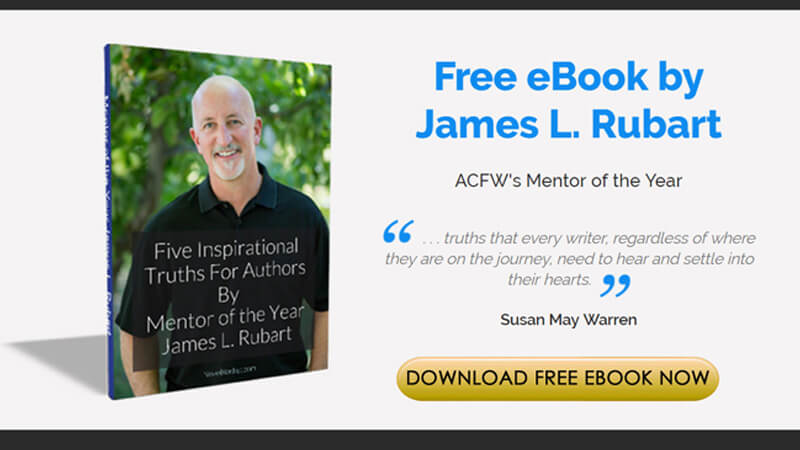

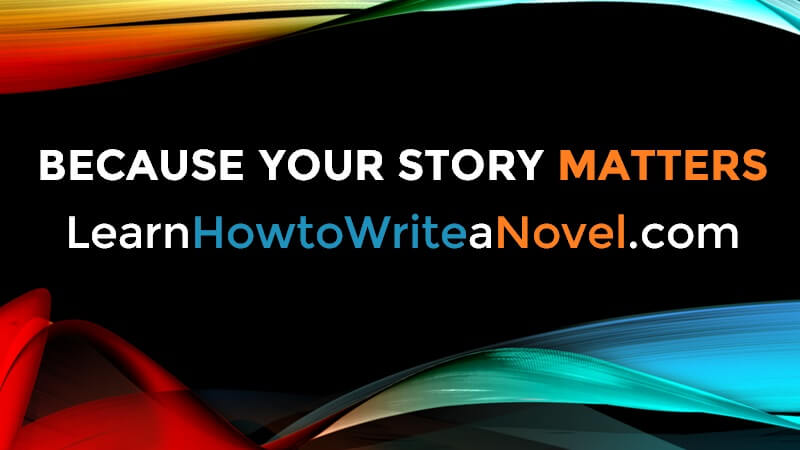
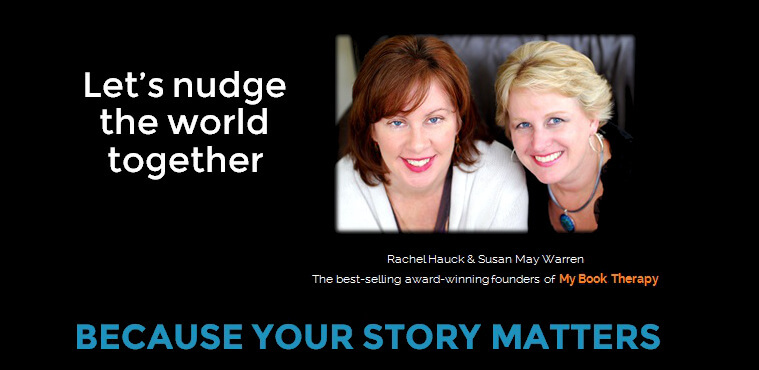
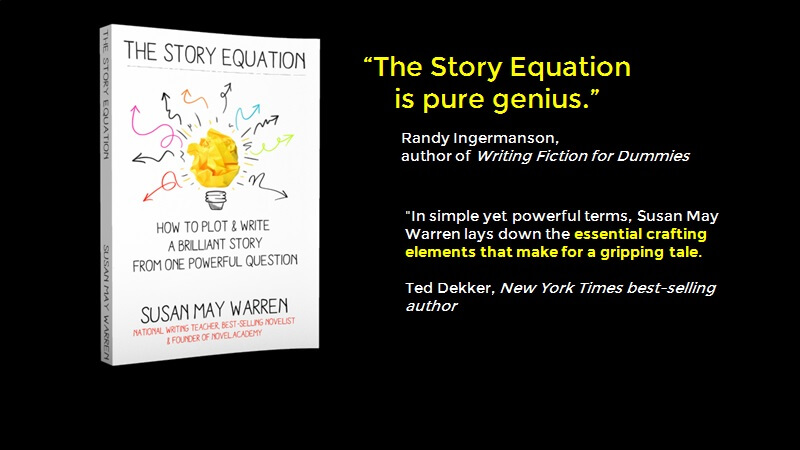

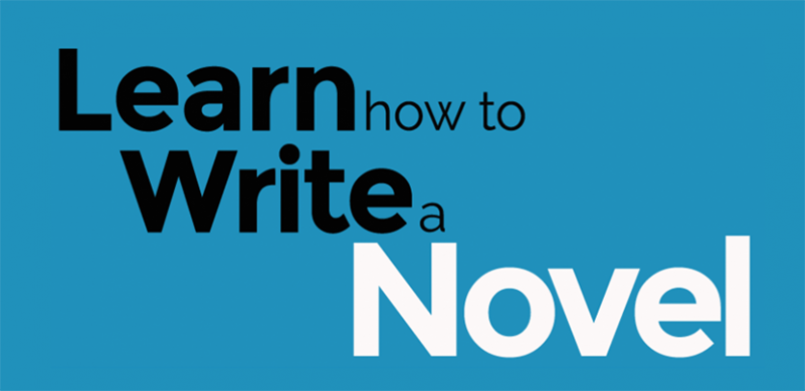














I haven't put one on the market yet, BC, but may make the plunge with the one I'm editing now (not the mystery). Depends on how things go at ACFW. Anyway, my interest is in the marketing. I've gotten pretty good at marketing for our family business, which I do part-time in the evenings. Unless Amazon has some amazing tracking, they can't specify which post or tweet drove leads to your link. This makes A\B comparison marketing impossible. Sometimes you can change a single word in an ad and double the leads, but without data, you'll have no way of knowing it. So do you have a method to compare ads or posts? Have any of the indies tried creating landing pages that they can track before directing leads to the Amazon?
ReplyDeleteRon, we track how ads work by doing them one at a time. One day (or maybe days, plural), I'll try an FB post boost. I can immediately see what that does to sales. Another day it'll be an ad on one of the indie sites or promo emails sent to readers. You can begin to see what works and what doesn't--and how much they work. As for a tweet or regular FB post, these are more to interact with readers, not for direct selling. I do put out selling tweets or updates now and then, but certainly not a 100% of the time.
DeleteSo in marketing, say, a new release, you learn to stagger the ads. Have a line-up--this one day, that two days later. You can also join indie groups who share their information on what's worked for them. It really does give you quite a good picture. And ads/marketing isn't all. Sometimes just a price drop in itself spurs extra sales.
Brandilyn, this is your overall Amazon sales rank versus sales rank in any specific category, correct? Also, does pricing of the book affect sales rank? I know it does for specific category lists--in other words, if you lower the price, you have to sell more books to stay in the same position on the list, etc.
ReplyDeleteThis is overall Kindle ranking, so it's a comparison against all other Kindle books out there. Price can certainly affect sales rank. A lowered price often results in higher sales, which equals a better sales rank. Example: Monday night SIDETRACKED was ranked around 3300, selling at its regular price of $4.99. Tuesday morning (yesterday) the price dropped to $2.99. I did a small FB post boost to let people know. Yesterday's sales were almost four times the sales of the day before (which more than makes up the difference in my royalty per unit at the lower price). Now, Wednesday morning, after Tuesday's heavier sales, SIDETRACKED is sitting at #989 in overall Kindle rankings, and has moved to #4 in its main category of Christian mystery/suspense.
DeleteThanks for that breakdown, Brandilyn, and glad to hear Sidetracked is doing so well!
DeleteThis is really interesting to me as I'm about to enter the fray. Thank you, Brandilyn, for taking some of the mystery out of it.
ReplyDeleteBring on the fray.
DeleteGood info. Thanks, Brandilynn!
ReplyDeleteGood information! Important to think about and not always understood by all.
ReplyDeleteWriters have told me also they have to sometimes quit looking at the numbers so that they'll quit obsessing!
Thanks, Brandilyn. People often ask me how my book is doing, and my usual answer is, "I have no idea." This at least gives me a ball park figure for Kindle sales which is more than I had before.
ReplyDeleteGood morning, Brandilyn;
ReplyDeleteI am seriously confused and hoped you may offer advice.
I have had a book on the market since last October, and it reached no.16 in its category in Japan, staying in the top 100 for four months, and has now reached no.15 in its category in France. Yet, my publisher states it has only sold four copies since its release. Is this possible?
Kind regards,
David